Herbal cosmetics: Scented helper from nature
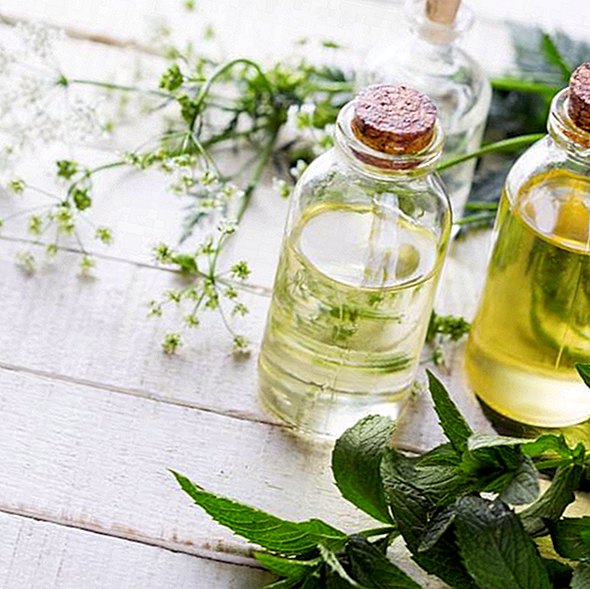
mint
 © iStock / Thinkstock
© iStock / ThinkstockIn the northern hemisphere grow between twenty to thirty different mint species. The peppermint is one of the best known and exudes its distinctive menthol fragrance, as soon as you gently rub your leaves between your fingers. Thanks to its antibacterial and anti-inflammatory effect, mint is used not only in teas and tinctures, but also in toothpastes, cleansing lotions and shampoos. But it can also help against headaches: Simply rub a few drops of mint oil on the temples.
thyme
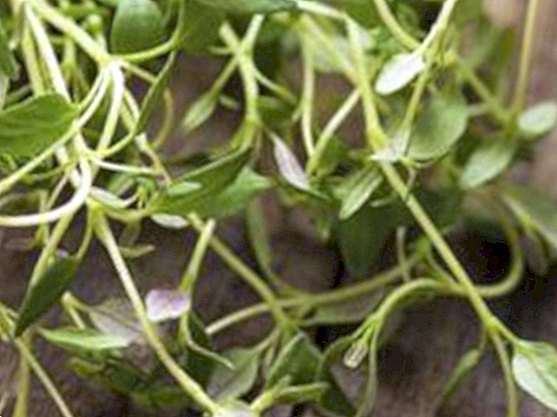 © iStock / Thinkstock
© iStock / ThinkstockThe thyme plant is a tiny: its leaves are only about five millimeters long. Their essential oil contains thymol, which has an antiseptic and expectorant action. Thymol soaps are good for cleansing sensitive, inflamed and sore skin, salves and lotions with thyme extract help with muscle aches and rheumatism.
sage
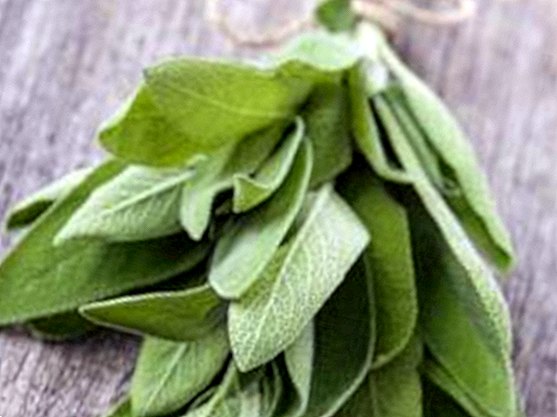 © iStock / Thinkstock
© iStock / ThinkstockOblong-oval leaves with a velvety coating are his identifying mark: sage. In addition to tannins and bitter substances and flavonoids, essential oils are mainly obtained from the labiatae. These are often found in facial care products for oily and combination skin. They regulate the production of the sebaceous glands and ensure a more even skin appearance. Because of their antiperspirant effect, they are also used in deodorants and foot creams.
rosemary
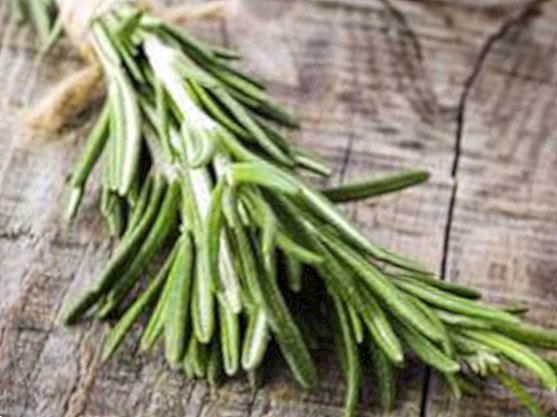 © iStock / Thinkstock
© iStock / ThinkstockThis Labiata turns out to be a real beauty miracle. Its essential oil boosts the blood circulation: in shampoos, it is intended to improve the supply of nutrients to the scalp, relax in bath additives, relieve muscle soreness and stimulate collagen production in face creams. As a room scent or body spray, it takes us on a short trip to his homeland: the Mediterranean region.
meadowsweet
 © iStock / Thinkstock
© iStock / ThinkstockDid you know? Acetyl Spiraic Acid, the natural source of aspirin, was formerly extracted from meadowsweet. In addition, the flowers of this rose family contain salicylates and flavonoids, which have a fever reducing effect on a cold. In the kitchen, they are popular for sweetening and seasoning honey wine - even liqueurs and sweets give them a sweet touch. As tea flowers, leaves and roots have a diuretic and anti-inflammatory effect, creams and lotions with meadowsweet are said to have a skin-firming effect.
coriander
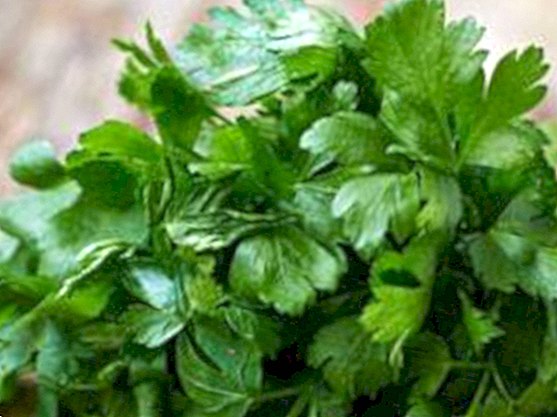 © irrez / Fotolia.com
© irrez / Fotolia.comNo kitchen divorces the spirits as much as coriander. There seem to be only two types of gourmets in the world: those who love it and those who hate it. For those who hate it, coriander does not taste like a herb, but only for soap. The cause is not obvious, but - as American scientists now want to find out - in our genes. Some people have a gene that makes them particularly sensitive to aldehyde - the substance responsible for the aroma of the herb. Coriander has been used as a medicinal plant since antiquity. Its essential oils are digestive, anti-spasmodic and stimulating. The cosmetics industry also benefits from this: shower gels and bath additives with coriander are said to have a euphoric effect, facial creams with coriander promise to stimulate cell regeneration and to tighten the skin.
basil
 © iStock / Thinkstock
© iStock / ThinkstockWhat would a tomato and mozzarella salad be without basil? As incomplete as a relaxing bath without the essential oil of the labiate. Its fragrance is said to have a harmonizing effect, which is used, among other things, in body lotions, face creams and body sprays. Incidentally, in aromatherapy basil is a remedy for migraine, nervousness and sleep disorders.
balm
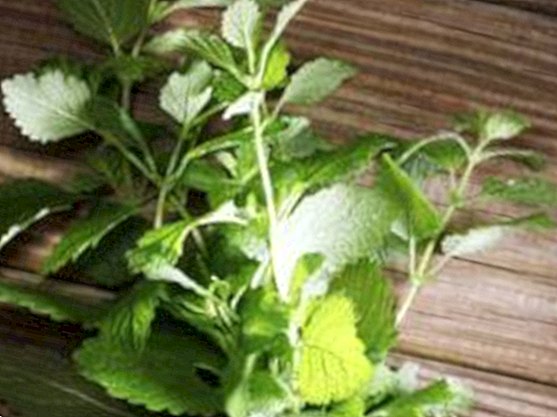 © iStock / Thinkstock
© iStock / ThinkstockMint and lemon balm not only look alike, they also belong to the mint family and feel at home in the garden. While peppermint is rich in menthol, lemon balm smells rather restrained lemony (hence the name lemon balm). Its essential oil is said to have a soothing effect - it is commonly found in bath products as well as in skin care products for sensitive skin. With lemon balm cold sores should heal very quickly thanks to the soothing properties. In 1988, the herb was named the "medicinal plant of the year".
parsley
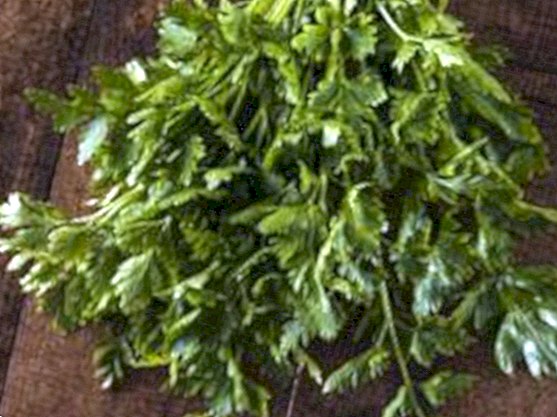 © iStock / Thinkstock
© iStock / ThinkstockAnyone who held something in the eighties, served almost every dish with a bunch of parsley. Parsley can do so much more than "Bouquet Garni" because the small leaves have an anti-inflammatory effect.Previously, they were put on insect bites so that they healed faster. Today, the essential oil of parsley is among other things in facial care products that are supposed to make the complexion shine. It is particularly rich in vitamins A and C. It stimulates cell metabolism and protects the skin from damaging environmental influences.
St. John's Wort
 © iStock / Thinkstock
© iStock / ThinkstockThis midsummer crop is mainly found in clearings and paths of oak mixed and pine forests. Its distinguishing feature are bright yellow flowers. Even Paracelsus said the St. John's wort a mood-brightening effect - and although the data is not very clear, it is now believed that preparations with St. John's wort in depressive moods can help. Externally, it is used primarily in the form of medicinal oil or bath salts for painful joints, for scar and for sunburn treatment.
comfrey
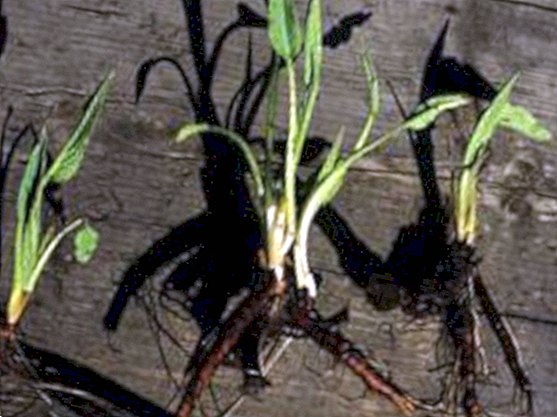 © imago / ARCO IMAGES
© imago / ARCO IMAGESComfrey leaves feel rough and scratchy, almost like a three-day beard. Previously, this herb was also called leg or wallroot. The latter refers to the original field of application of the plant: It was used in fractures and wounds, so that they heal faster, or even "wallen" could. Beinwell can be found on banks, roadsides, on wet meadows and in alluvial forests. In addition to allantoin, which in addition to a cell renewal is also said to have a soothing effect, comfrey also contains silica and proteins that strengthen connective tissues and nails. Caution: Do not use comfrey products daily. The pyridine alkaloids contained therein, which are also found in nicotine among others, are toxic in high doses.
violet
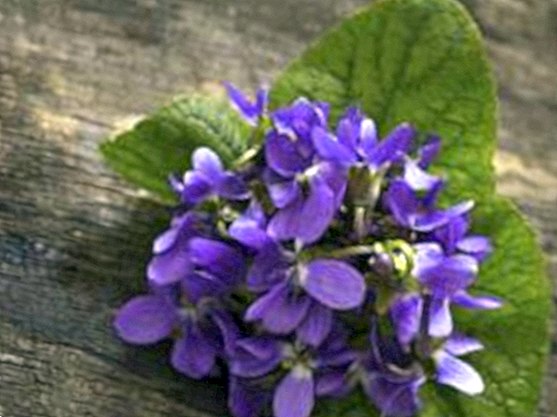 © iStock / Thinkstock
© iStock / ThinkstockThere are more than 500 different species of violets in the world. And yet they have one thing in common: their fragrance. As a medicinal plant, the purple to purple flowers have been used since Hippocrates, for example as gargle water for sore throat. Its nutty taste - best it tastes from March to May - is good not only for fish and wild herb salads, but also in desserts and in the summer punch. The ethereal oils of the violet have a soothing and balancing effect - unsurprisingly, it is primarily used as a room fragrance and bath additive.
lavender
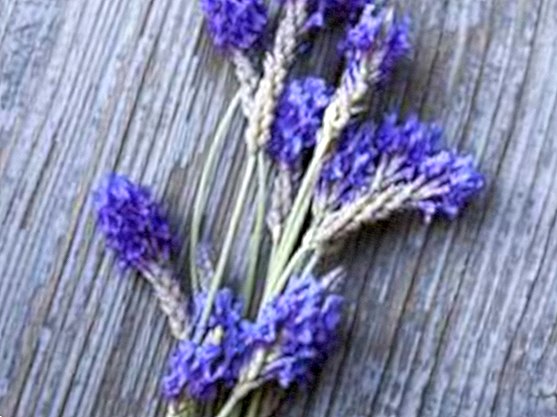 © iStock / Thinkstock
© iStock / ThinkstockStill a Labiatae: Lavender is collected in the flowering period from July to August. Its essential oils stimulate hair growth, relieve rheumatic complaints and joint pain. Lavender is also popular as a bath or shower oil. Its fragrance relaxes and calms.
Herbal cosmetics to make your own
St. John's wort oil: For rubbing in and massaging painful joints and as after-sun care
Here's how it works: - When collecting make sure that primarily buds are picked, they contain the red and salutary dye in large quantities. - gently squeeze the flowers and buds, go with a pasta Walker (not press so hard that the board is red) - Fill in a glass jar and pour olive oil over. - cover with a cloth (do not screw) - place in the sun and let stand until the oil has turned dark red. - The glass should be exposed to direct sunlight, so be placed outdoors. - Always bring in the evening in the house (because of the night humidity). - Pour through a filter after about two to three weeks. - Store in a dark and cool place.
Good to know: If the St. John's wort is fresh, the dark and cool oil mixture is stable for at least a year, without rancid - and you smell it! The oil can be used frequently, even daily, if the skin is tight, too dry or should recover quickly after a day in the sun. But beware: St. John's wort oil is not suitable as a sunscreen because it makes the skin more sensitive to light. So always use after sunbathing.
Comfrey cream: For the treatment of wounds and skin soothing
This is how it works: - Place half a kilogram of fresh, clean (brushed) and ground comfrey roots in sesame oil in the sun. - Shake twice a day - Strain after approximately three weeks, while expressing the plant material well. - Make a decoction of one teaspoon of roots and 125 milliliters of distilled water and leave for 30 minutes, strain the decoction. - 15 grams of beeswax, one teaspoon of honey and 45 grams of lanolin (biolanolin from the pharmacy) melt in the water bar, slowly stir 125 milliliters of comfrey oil. - Once the fat phase and the water phase have reached 70 degrees, add the tea drop by drop and stir. - Allow to cool and set, then enhance with five drops of chamomile or five drops of rose (essential oils).
Good to know: If you store the comfrey cream in the fridge, it will last for about half a year, in the bathroom cabinet durability will be reduced to two to three months. It is particularly suitable for sports injuries or as a relieving envelope, ie just when the bones hurt or the musculoskeletal system needs support.It is usually used as a cure, because it is unsuitable for daily use (see above)!
Meadowsweet lotion for the face
Here's how: - Pour a handful of meadowsweet with a quarter liter of boiling water and let it cool. - Filter and mix with a teaspoon of witch hazel.
Good to know: The meadowsweet lotion is suitable for daily use, but only for a maximum period of six weeks. Then you should switch to another care for about the same period. The reason: When used continuously, the body gets used to the active ingredients contained and may react with inertia. Stored in the refrigerator, the lotion is stable for about four to five weeks.
Relaxation bath of violets
Here's how to do it: - Place 50 to 100 grams of violet herb with flowers in a jug, pour one liter of boiling water over it and let it steep for 30 minutes. - Pour through a sieve into the bath water. - Alternative: Fill a bag of dried violet flowers and hang it under the tap while the hot water runs into the bathtub.
Good to know: Violets can be kept in the refrigerator for about three to four days before you use them. They are suitable for daily use.
Lavender tincture for hair loss
Here's how to do it: - Prepare a handful of lavender flowers with a quarter liter of clear fruit brandy and let it stand for ten days in the warmth. - Filter off.
Good to know: The lavender tincture can be stored for up to three years in pharmacists' cabinets without losing their active ingredients. In the event of hair loss, use a pipette to dribble around 20 drops daily onto the scalp and massage in. If this is too complicated, dilute with distilled water 1:10 (shake well!), Fill in an empty spray bottle and spray on hair and scalp. Keep the diluted tincture in the refrigerator.
Herbal recipe book
Even more recipes - whether tincture, vinegar, jam or ointment - can be found in the "herbal recipe book" by Siegrid Hirsch.
What you should consider when collecting herbs

The herbalist Sonja Greimel shows on herbal walks, everything that thrives in our nature, tells exciting stories and gives tips about our native plants.
© privateWild herbs can be found not only on meadows, in the alpine pastures, in clearings or in parks. They also grow on roadsides, on rubbish dumps, on embankments or on railway embankments. Always collect fresh, clean plants - leave spotty, withered plants behind. Do not pick on heavily used roads or on fertilized meadows - and preferably only in dry weather. Only collect herbs that you really know - a personal identification book helps - and only as much as you need for your own use. In addition, a lofty basket, small plastic bags (in which the herbs remain fresh), a secateurs, a knife and a hand spatula (for digging up the roots) in the luggage.
Once collected, dry spice herbs airily in a shady place. Preserved in porcelain boxes, they remain stable for up to three months.
Do not feel like making cosmetics yourself? Here are great products with herbs

Also read
Cosmetic products with herbs









